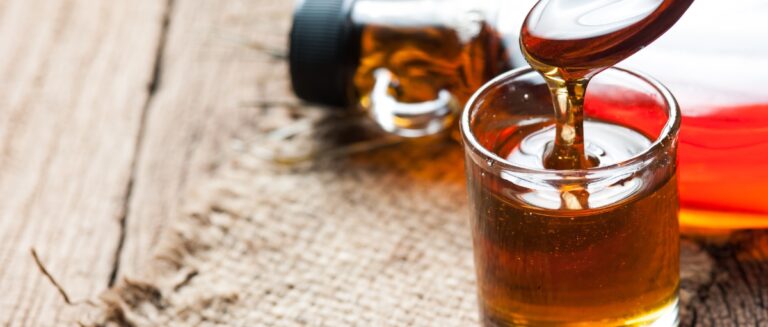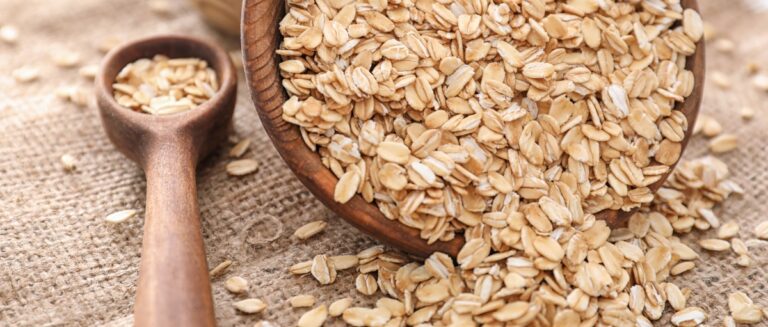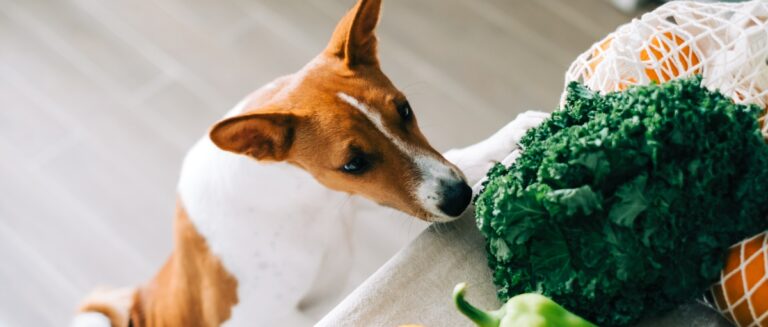Have you ever wondered why horses wear those metal shoes? It’s a sight so common that it’s easy to overlook, but the fact is, horseshoes are an essential part of equine hoof care. In the United States alone, there are over 9 million horses, most of which sport these curved pieces of metal on their feet.
But why do horses need shoes in the first place? The answer lies in understanding the unique structure of a horse’s hoof and the demands placed on these majestic animals by their daily activities. Whether working on a farm, competing in high-level equestrian sports, or enjoying a leisurely trail ride, horses’ hooves are subjected to significant wear and tear.
We’ll explore the purpose of horseshoes, the anatomy of a horse’s hoof, and the shoeing process. We’ll also examine the pros and cons of shoeing horses and discuss alternative options for those considering going barefoot. You’ll have a thorough understanding of why these small but mighty pieces of metal play such a big role in the health and well-being of our equine companions.
What Do Horseshoes Do?
Horseshoes serve several essential functions that contribute to the overall health and well-being of horses. The primary purposes of horseshoes include:
Protection of the Hoof
One of the main reasons horses wear shoes is to protect their hooves from excessive wear and tear. Wild horses naturally wear down their hooves as they move over various terrains. However, domesticated horses often face more demanding conditions, such as hard surfaces or rocky ground, which can cause wear and tear faster than their hooves grow.
Horseshoes help to prevent this excessive wear by providing a durable barrier between the hoof and the ground. This is particularly important for working horses, such as those used in agriculture or transportation, as well as sport horses that perform high-impact activities like jumping or racing.
Therapeutic Uses
Do horseshoes hurt horses? No, if they are applied correctly, they will not hurt the horse. In some cases, horseshoes are used for therapeutic purposes to address specific health issues or hoof conditions. For example:
- Horses with laminitis, a painful inflammatory condition of the hoof, may benefit from specialized shoes that help to redistribute their weight and reduce pressure on the affected area.
- Horses with navicular syndrome, a degenerative condition affecting the navicular bone and surrounding structures, may require corrective shoeing to alleviate pain and improve their gait.
- Horses with hoof imbalances or defects, such as underrun heels or misshapen hooves, can benefit from corrective shoeing to promote proper hoof growth and alignment.
Performance Enhancement
Horseshoes can also be used to enhance a horse’s performance in various disciplines. For example, racehorses often wear lightweight aluminum shoes to improve their speed and traction on the track. Jumpers and eventers may start wearing shoes with studs or caulks to provide extra grip on slippery or uneven surfaces.
In some cases, specialized shoes can be used to alter a horse’s gait or movement, such as weighted shoes to encourage a higher stepping action in certain breeds or disciplines.
Horse Hoof Anatomy
To better understand why horses need shoes, it’s essential to have a basic grasp of the anatomy and function of a horse’s hoof. The hoof is a complex structure that plays a vital role in supporting the horse’s weight, absorbing shock, and providing traction.
Structure of the Hoof
The horse’s hoof consists of several key components:
- Hoof wall: The outer, visible part of the hoof that grows continuously and is made of keratin, the same protein found in human hair and nails.
- Sole: The underside of the hoof, which provides protection and shock absorption.
- Frog: A V-shaped structure on the underside of the hoof that helps with shock absorption, circulation, and traction.
- White line: The junction between the hoof wall and the sole which can be a potential weak spot for bacterial invasion and hoof wall separation if not properly maintained.
- Bars: The inward folds of the hoof wall that provide additional support and stability.
How the Hoof Functions
The horse’s hoof is designed to perform several critical functions:
- Weight-bearing: The hoof supports the horse’s entire weight, which can be up to 1,000 pounds or more for an average adult horse.
- Shock absorption: The hoof’s structure, particularly the frog and digital cushion, helps absorb the impact of the horse’s movement, reducing stress on the legs and joints.
- Traction: The hoof’s shape and texture provide grip on various surfaces, helping the horse propel itself and avoid slipping.
- Circulation: The frog promotes blood flow in the hoof and lower leg by compressing and expanding with each step, acting as a pump.
Importance of Maintaining Healthy Hooves
Maintaining the health and integrity of a horse’s hooves is crucial for their overall well-being and performance. Regular hoof care, including trimming and shoeing when necessary, helps to:
- Prevent excessive wear and tear
- Promote proper hoof growth and shape
- Reduce the risk of hoof-related issues, such as cracks, infections, or lameness
- Ensure optimal performance and comfort for the horse
The Shoeing Process
The process of shoeing a horse is a skilled trade performed by a professional farrier. Here’s a closer look at what’s involved:
Farriers and Their Role
Farriers are trained professionals who specialize in the care and maintenance of horses’s hooves. They are responsible for:
- Trimming and shaping the hoof
- Assessing the horse’s gait and hoof balance
- Selecting and fitting appropriate shoes
- Identifying and addressing any hoof-related issues
Types of Horseshoes and Materials Used
Horseshoes come in various materials and styles, each designed for specific purposes:
- Steel shoes: The most common type, suitable for a wide range of activities and disciplines
- Aluminum shoes: Lightweight and often used for racehorses or horses that require extra speed and agility
- Plastic or composite shoes: Used for temporary shoeing or therapeutic purposes
- Specialized shoes: Designed for specific needs, such as corrective shoeing, traction, or hoof protection
How Horseshoes Are Attached
The shoeing process typically involves the following steps:
- Trimming and shaping the hoof: The farrier removes excess hoof growth and shapes the hoof to ensure proper balance and alignment.
- Measuring and selecting the shoe: The farrier chooses the appropriate shoe size and style based on the horse’s needs and activities.
- Shaping the shoe: The shoe is heated and shaped to fit the contours of the hoof.
- Attaching the shoe: The farrier nails the shoe to the hoof wall, avoiding sensitive structures like the sole and frog.
Frequency of Shoeing and Hoof Maintenance
The frequency of shoeing depends on several factors, including the horse’s activity level, hoof growth rate, and individual needs. On average, horses require shoeing or trimming every 4-8 weeks. Regular hoof maintenance is essential to prevent issues like overgrowth, cracks, or imbalances.
Pros and Cons of Shoeing
Like any aspect of horse care, shoeing has its advantages and disadvantages. Here’s a balanced look at the pros and cons:
Benefits of Shoeing:
- Protection: Shoes provide a barrier between the hoof and the ground, reducing wear and tear and preventing injury.
- Therapeutic uses: Corrective shoeing can help address hoof-related issues and alleviate pain or discomfort.
- Enhanced performance: Depending on the horse’s needs and discipline, specialized shoes can improve traction, stability, and gait.
Drawbacks of Shoeing:
- Potential weakening of the natural hoof: Some argue that shoeing can interfere with the hoof’s natural function and flexibility.
- Risk of improper application: Poor shoeing technique or ill-fitting shoes can cause discomfort or even injury to the horse.
- Cost and maintenance: Regular shoeing and farrier visits can be expensive, and shoes require ongoing maintenance and replacement.
Alternatives to Traditional Horseshoes
While shoeing is a common practice, it’s not the only option for hoof protection and care. Some alternatives include:
- Barefoot Trimming: Some horse owners opt to keep their horses barefoot, relying on regular trimming to maintain hoof health. This approach can work well for horses with naturally strong hooves and those in low-impact activities.
- Hoof Boots: Hoof boots are removable protective coverings that can be used in place of shoes. They offer temporary protection and can be a good option for horses transitioning from shod to barefoot or those needing occasional hoof support.
- Glue-On Shoes: Glue-on shoes are an alternative to nailed shoes, particularly for horses with thin or damaged hoof walls. These shoes are adhered to the hoof using a specialized adhesive and can be a good option for temporary or therapeutic shoeing.
Making the Right Choice for Your Horse
Deciding whether to shoe your horse is a personal decision that should be based on several factors, including:
- Your horse’s individual needs and hoof health
- The type and level of activity your horse participates in
- Your horse’s living environment and the surfaces they regularly travel on
- Any pre-existing hoof or lameness issues
It’s essential to work closely with a trusted farrier and veterinarian to assess your horse’s unique needs and develop an appropriate hoof care plan. Regular communication and collaboration with these professionals can help ensure your horse’s hooves remain healthy and functional.
Stepping into the World of Hoof Care
Horseshoes play a vital role in protecting and supporting the horse’s hoof, enabling them to perform a wide range of activities and manage various hoof-related issues. By understanding the purpose of horseshoes, the anatomy of the hoof, and the shoeing process, horse owners can make informed decisions about their horse’s hoof care needs.
Whether you choose to shoe your horse or explore alternative options, the key to success lies in working closely with experienced professionals and prioritizing your horse’s individual needs. With proper care and attention, you can help ensure your horse’s hooves remain healthy, functional, and ready to carry them through any adventure.
Sources
GAO. (2017) Wild horse and burro management: A growing challenge. Retrieved from https://www.gao.gov/products/gao-17-680r
Bay Equest. (2024) How Do Wild Horses Trim Their Hooves? Retrieved from https://www.bayequest.com/how-do-wild-horses-trim-their-hooves/
RSPCA. (n.d.) What is Laminitis and How Can It Be Prevented or Treated? Retrieved from https://kb.rspca.org.au/knowledge-base/what-is-laminitis-and-how-can-it-be-prevented-or-treated/
Merck Vet Manual. (2024) Navicular Syndrome in Horses. Retrieved from https://www.merckvetmanual.com/musculoskeletal-system/disorders-of-the-foot-in-horses/navicular-syndrome-in-horses
Cavallo. (2020) Sustaining the Hoof: Managing Underrun Heels. Retrieved from https://cavallo-inc.com/sustaining-the-hoof-managing-underrun-heels/
University of Missouri Extension. (n.d.) Laminitis: Causes, Symptoms, and Prevention. Retrieved from https://extension.missouri.edu/publications/g2740
NCBI. (2015) Equine Laminitis: A New Perspective. Retrieved from https://www.ncbi.nlm.nih.gov/pmc/articles/PMC4395385/
The Horse. (2020) How the Horse’s Hoof Functions. Retrieved from https://thehorse.com/194132/how-the-horses-hoof-functions/
American Farriers Journal. (2022) How Grip and Purchase Benefits the Horse. Retrieved from https://www.americanfarriers.com/articles/13717-how-grip-and-purchase-benefits-the-horse
FormaHoof. (n.d.) How Many Hearts Does a Horse Have? Retrieved from https://formahoof.com/how-many-hearts-does-horse-have
American College of Veterinary Surgeons. (n.d.) Lameness in Horses. Retrieved from https://www.acvs.org/large-animal/lameness-in-horses
NCBI. (2016) Underrun Heels and their Management. Retrieved from https://www.ncbi.nlm.nih.gov/pmc/articles/PMC5406674/











